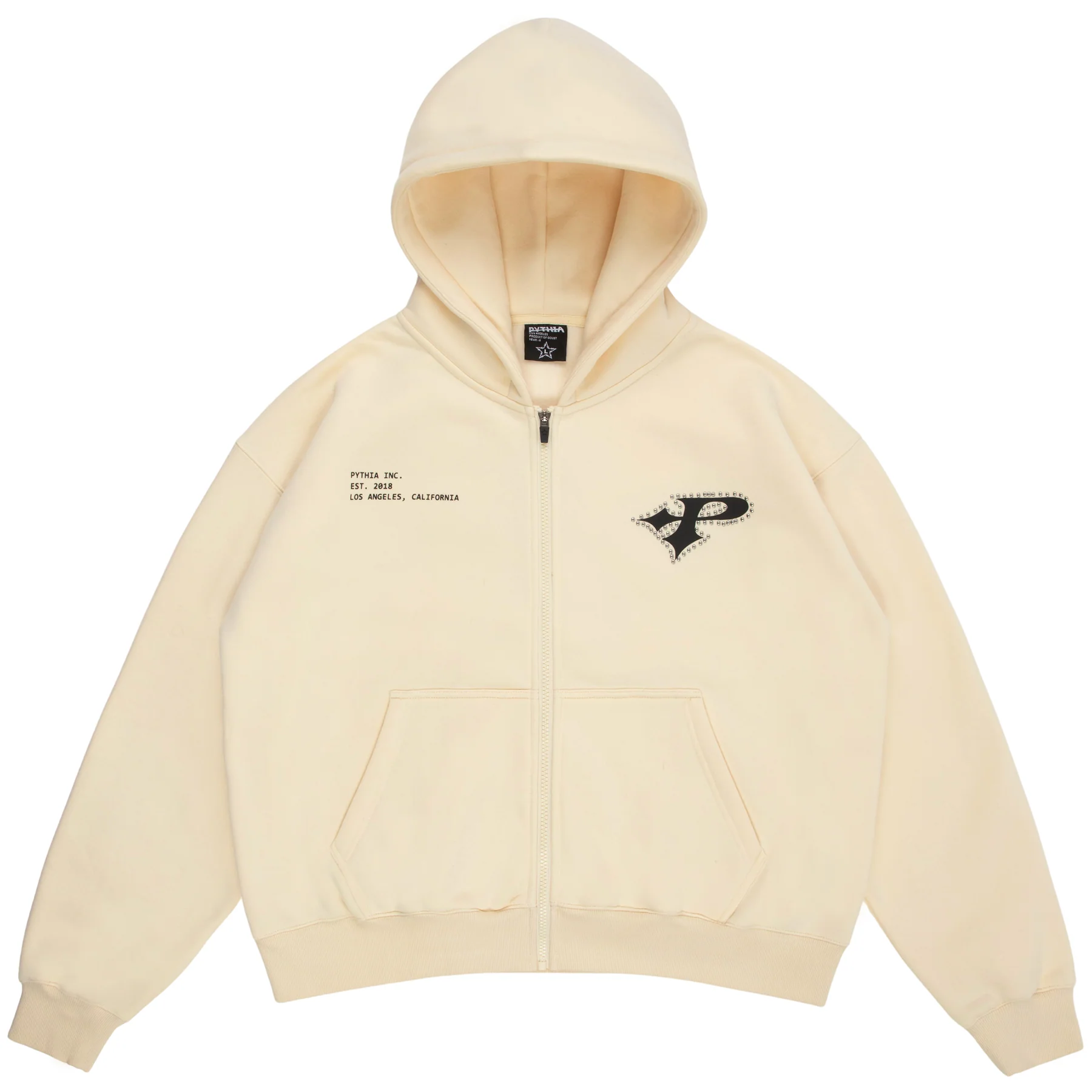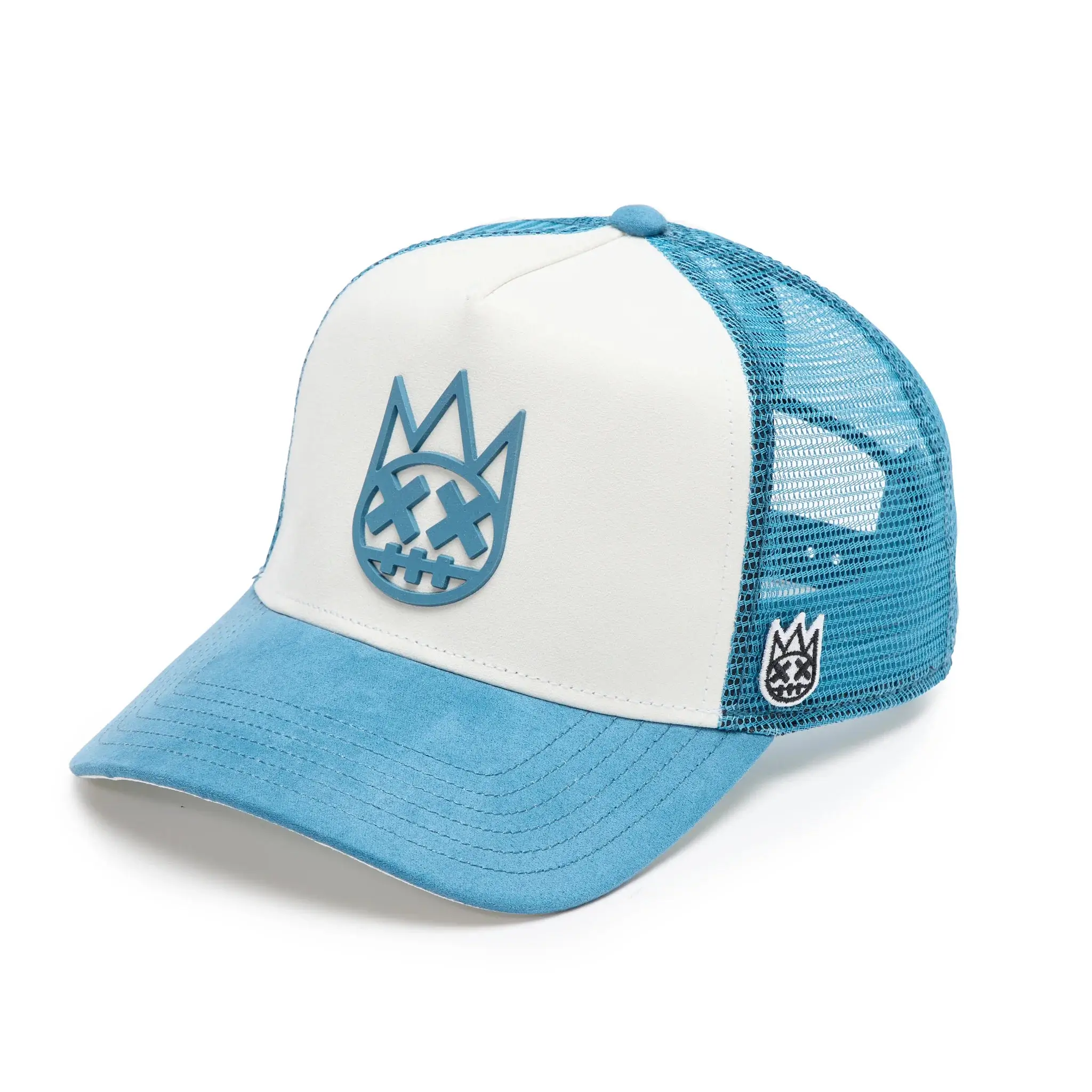L.L. Bean’s Field Coat, known today as the L.L. Bean Maine Guide Jacket, has reached a milestone few fashion items ever do: it turns 100 years old. This jacket, a symbol of rugged American outdoor style, is more than just a garment. Over the last century, it has earned its place as an American icon, cherished by outdoor enthusiasts, fashion aficionados, and those who appreciate quality craftsmanship. But what makes this jacket so special? What allows a seemingly simple hunting coat to resonate with people in such a timeless way?
We explore the origins, design, cultural significance, and enduring popularity of the L.L. Bean Field Coat. From its early use as a practical garment for hunters in the Maine woods to its contemporary status as a style staple, we’ll see how this jacket transcended its original purpose and became a piece of American heritage.
The Origins: Born of Necessity
The L.L. Bean Field Coat, like many iconic pieces of American outerwear, was born out of necessity. When L.L. Bean, the company’s founder, first designed the coat in 1924, he was driven by the need for a durable, weather-resistant garment for hunting. Maine’s cold, damp woods required a jacket that could stand up to the elements, yet be comfortable enough for long hours outdoors.
The original design of the Field Coat was straightforward but effective. Made from heavyweight canvas, the jacket was tough enough to withstand the brush and brambles of the forest while being breathable. It was lined with flannel to provide warmth and featured deep pockets for storing hunting gear. Unlike some of the more restrictive outerwear of the time, the Field Coat allowed for a full range of motion, making it ideal for active wearers.
This utilitarian design, free from unnecessary embellishments, set the tone for the jacket’s legacy. It was functional, yes, but it also had a rugged charm that appealed to men of the era who valued durability and practicality.
Design Evolution: From Practicality to Iconic Style
While the Field Coat was initially designed for hunters and outdoorsmen, its appeal quickly spread beyond that niche. Over the decades, the jacket has seen subtle design tweaks, but its core elements remain largely unchanged—a testament to the strength of its original concept.
The heavyweight canvas, now called “tin cloth,” is still the primary material used, known for its durability and ability to age beautifully. With time and wear, the jacket develops a patina that tells the story of its use. Each stain, each fray, adds character, making the jacket truly personal to its wearer. In a world where fast fashion often values the new and disposable, the Field Coat’s ability to improve with age stands in stark contrast.
The Field Coat’s most recognizable design features include its generous front pockets, often referred to as “game pockets” for their original purpose of holding small game during hunts. These pockets, though utilitarian in origin, have become a defining aesthetic element. There’s also the corduroy collar, a seemingly small detail that adds warmth and comfort while providing a soft contrast to the jacket’s rougher exterior. Over the years, L.L. Bean has introduced versions of the jacket with added insulation, including Thinsulate-lined models for extra warmth, making the coat even more versatile for colder climates.
In the 1950s and 60s, as outdoor recreation became a popular leisure activity, the jacket found its way into the closets of middle-class Americans who wanted a piece of the outdoor lifestyle without necessarily going hunting. It became synonymous with rugged individualism, the kind of piece you could wear while chopping wood in the backyard or fishing on a misty morning. By the 1980s and 90s, the Field Coat was no longer just for outdoorsmen—it was a symbol of Americana.
Impression
L.L. Bean’s Field Coat isn’t just an article of clothing; it’s a symbol of rugged individualism, an ideal closely tied to American identity. For much of the 20th century, the image of the self-reliant outdoorsman—someone who could thrive in nature with minimal equipment—was celebrated in American culture. The Field Coat, with its durable, no-frills design, fit perfectly into that ethos.
The jacket’s association with outdoor activities like hunting, fishing, and hiking helped it become part of the larger narrative of the American wilderness. To own an L.L. Bean Field Coat was to signal that you were someone who valued nature, simplicity, and hard work. It tapped into a longing for a return to nature, a desire to escape the hustle and bustle of modern life and reconnect with the great outdoors.
This cultural significance was reinforced by L.L. Bean’s status as a trusted outfitter for outdoor gear. The brand, which started with Bean’s innovative rubber-soled boot, quickly became synonymous with high-quality, reliable products. By the mid-20th century, L.L. Bean was more than just a retailer; it was a cultural institution, representing a way of life centered around outdoor adventure.
### Fashion and Pop Culture: A Shift Toward the Mainstream
While the Field Coat’s early years were dominated by function, it began to gain traction in the fashion world in the latter half of the 20th century. This shift came as part of a broader trend toward “workwear” fashion—a style that took inspiration from utilitarian garments like carpenter jeans, overalls, and military jackets.
In the 1980s and 90s, preppy fashion adopted the Field Coat as part of its uniform, particularly among those who wanted to project an image of rugged elegance. Worn with khakis or jeans and paired with other staples like boat shoes or duck boots, the jacket became a symbol of New England upper-class style. It wasn’t just for the woods anymore—it was for casual weekends in the Hamptons or jaunts around town.
The Field Coat also found its way into pop culture, with celebrities and style icons sporting the jacket both on and off screen. From actors to musicians, the jacket became a go-to piece for those who wanted to project a timeless, outdoorsy style. Its appearance in films and television shows further cemented its status as an American icon.
Durability and Sustainability: A Jacket Built to Last
One of the most compelling reasons for the Field Coat’s enduring popularity is its durability. At a time when fast fashion dominates the industry, with clothing designed to be worn for a season and then discarded, the Field Coat stands apart as a piece built to last a lifetime. Many L.L. Bean customers report wearing the same Field Coat for decades, with minimal need for repair. In a culture increasingly concerned with sustainability, this kind of longevity is a major selling point.
The Field Coat’s ability to age gracefully also contributes to its appeal. Unlike synthetic fabrics that break down or lose their shape over time, the heavy duty canvas used in the Field Coat only improves with age. Its patina becomes a visual record of the wearer’s adventures, adding an element of personalization that is rare in modern clothing.
L.L. Bean’s commitment to quality extends to its lifetime guarantee, another reason why the Field Coat has remained so beloved. This guarantee—one of the most generous in the retail industry—means that customers can have their jacket repaired or replaced for free, even decades after purchase. This kind of service is rare today, and it speaks to the brand’s dedication to craftsmanship and customer satisfaction.
The Future: A New Generation of Fans
As the L.L. Bean Field Coat celebrates its 100th anniversary, it shows no signs of fading into obscurity. In fact, it’s experiencing something of a renaissance, particularly among younger generations who are drawn to vintage fashion and the slow fashion movement. The jacket’s timeless design, coupled with its rugged appeal, makes it a favorite among millennials and Gen Z, who are increasingly rejecting disposable fashion in favor of pieces that have longevity.
Additionally, L.L. Bean’s collaborations with designers and other brands have helped introduce the Field Coat to new audiences. Limited-edition releases, such as those with Todd Snyder, bring a modern twist to the classic jacket while maintaining its core elements. These collaborations, which often sell out quickly, prove that the Field Coat is not just a relic of the past—it’s a living, breathing part of contemporary fashion.
A Century of Style and Substance
The L.L. Bean Field Coat’s 100-year journey from practical hunting gear to fashion icon is a testament to the power of thoughtful design and quality craftsmanship. Its appeal lies in its ability to be both functional and stylish, practical yet elegant. Whether worn in the woods or on the streets of a bustling city, the jacket remains a symbol of American heritage and rugged individualism.
What makes this jacket so special is its authenticity. It was never designed to be trendy or fashionable, and yet it became both, all while staying true to its roots. In a world where trends come and go, the Field Coat’s enduring popularity is a reminder that quality, simplicity, and functionality never go out of style.
As we look toward the next 100 years, it’s clear that the L.L. Bean Field Coat will continue to be a beloved piece of American fashion. Whether passed down through generations or discovered in a vintage shop, this jacket is more than just a coat—it’s a piece of history, and it’s here to stay.
No comments yet.








